Search results for 'yellow pigment'
-
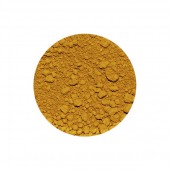
Golden Ochre Pigment
Starting at: £4.50
-
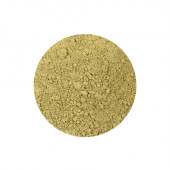
Green Earth Light Pigment
Starting at: £4.95
-
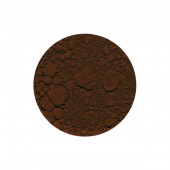
Mars Violet Pigment
Starting at: £4.50
-
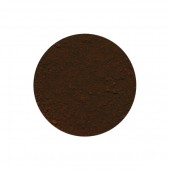
Indian Red Pigment
Starting at: £4.60
-
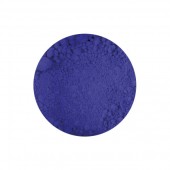
Cobalt Blue Pigment
Starting at: £6.50
-
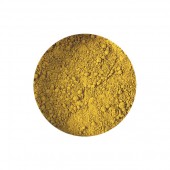
Raw Sienna Pigment
Starting at: £4.00
-
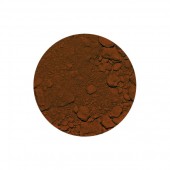
Mars Red Pigment
Starting at: £4.50
-
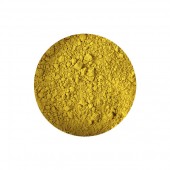
Yellow Ochre Pigment
Starting at: £4.00
-
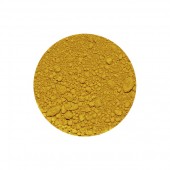
Mars Yellow Pigment
Starting at: £4.50



